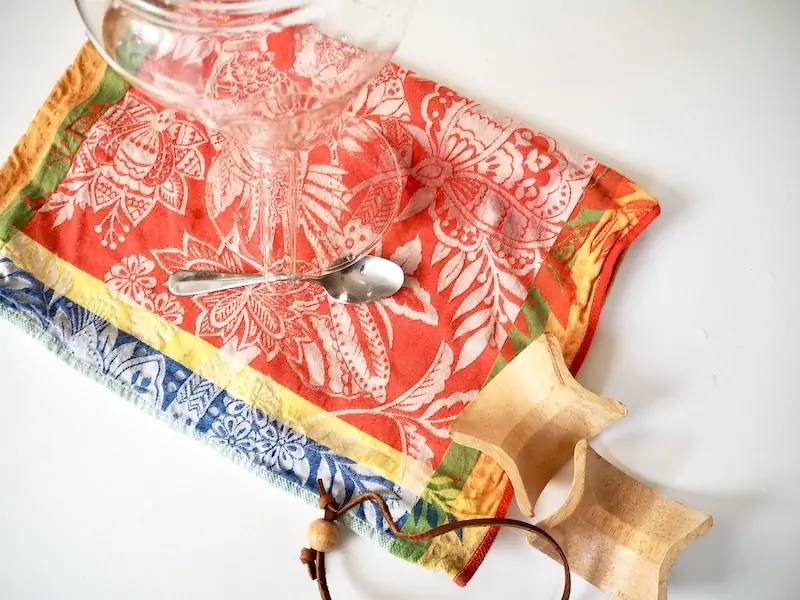Coffee
10-4-2021
Coffee #
A good source of Magnesium and B1 and Niacin. Inhibits Aromatase.
- So unfiltered coffee, and some studies showing that even filtered coffee - raises Serum Cholesterol. I think it’s HDL.
-
Coffee consumption and health: umbrella review of meta-analyses of multiple health outcomes
- Largest relative risk reduction at intakes of three to four cups a day
- High versus low consumption was associated with an 18% lower risk of incident cancer.
- Cheap extraction methods are used for making decaf, so Swiss Water is recommended.
- PDE inhibitor, even in decaf,
Compounds #
-
Caffeine: Higher in lighter roasts.
-
Nutrients: Higher in darker roast.
-
Caffeol quinine: opioid antagonist.
- https://www.researchgate.net/publication/276689549_Beyond_Caffeine_Coffee_Contains_Opioid_Antagonists
- Richer in light/medium roast
-
Caffeoyl quinide: 4- is on par with naloxone? Formed upon roasting from dehydration of caffeoylquinic acid.
- https://raypeatforum.com/community/threads/babies-experience-life-as-an-lsd-trip-as-a-result-of-their-high-metabolism.24941/post-357934 The true de-stupifyer in coffee could be caffeoyl quinide, a molecule that distinguishes it from the lesser caffeinated beverages.
-
O-caffeoylquinic Acid: β-catenin-mediated hair growth induction effect of 3,4,5-tri- O-caffeoylquinic acid.
-
Cafestol: diterpenoid. Gets filtered. It is an agonist of the pregnane X receptor and FXR. Anticarcinogenic/neuroprotective.
-
- If it’s too light then it won’t have enough; green coffee has zero. The ’light–medium roast’ suggestion comes directly from the most thorough study ever conducted on the formation of quinic acid lactones upon roasting—found below: Effect of roasting on the formation of chlorogenic acid lactones in coffee
-
Kahweol: diterpenoid. Gets filtered.
Varieties #
- South American has the last mycotoxin levels. Sun-dried coffee has the most mycotoxins and is common practice in Africa.
- Ben Greenfield shilled
KeanKion Coffee for its antioxidant content and stuff. Typical price for good, organic stuff. Regularly tested for mold, toxins, pesticides, etc. - Darker roasts use below-boiling temps.
- Ethiopian beans produce a lot of fine particles.
-

Brewing #
- Best option for kettle is something borosilicate glass. Cafe brew collection has a good one, but it says ‘Whistling Kettle’ on it in big arial font (so as not to confuse it with a percolator or something?). I don’t know what they were thinking but there are similar ones just like it being sold.
- If I gotta go stainless, Hario or Kellita is the way. https://coffeeadastra.com/2019/08/04/an-in-depth-analysis-of-coffee-filters-2/
Chemex #
- Realistically, they’re hard to clean and there are all kinds of pour-over carafes made by brands like Hario that are almost the same thing.
- Never leave the chemex lying around wet, leave it in water with some baking soda
- Adding a little salt can neutralize the acid, and maybe enhance the flavor a bit.
- 3-fold side of the filter should be on the spout.
-
http://pouringovercoffee.com/best-grind-size-for-pour-over-coffee/
- For chemex, do a medium-coarse grind, since chemex filters are heavy.
- ~15-20g/cup (237 mL).
- Using excessively hot water, brewing for too long, or grinding too finely can make coffee bitter - this is due to overextraction (too much was unfiltered) - not to be confused exactly with potency/strength, which is just caffeine relative to water.
- The Danny Roddy method:
- About 1/2 cup (8tbsp) of coffee grounds to 2 cups water. Pour a little water at 100, 120, 140, 160, and 180. I think 15g of coffee is only like 3tbsp, though.
- Or, something like 1 minute between each pour.
- With regards to volume of water, do a U-shaped pour with 30 seconds between the first two and then a minute after that and do 4 or or 5 pours total.
- A thermometer-free way to make it is just getting the water warm, hot, then nearly boiling.
- About 1/2 cup (8tbsp) of coffee grounds to 2 cups water. Pour a little water at 100, 120, 140, 160, and 180. I think 15g of coffee is only like 3tbsp, though.
- Swirl after each pour, notably after the bloom pours (first 1/2). Not too strong after the end so as not to let the fine particles come through the filter.
- A solid alternative to chemex, especially for single people who like comncentrated cofee, is just using drippers and placing them over your mug.
- $30, very fancy-looking Hario V60: https://www.hario.co.uk/products/hario-v60-glass-coffee-dripper-white-02
- Can also get a Kalita Wave, which is stainless steel
- Thing is, a three cup chemex is $40. Their filters are $0.15 each. Other unbleached papers can be like $0.06. That’s like a $300 difference over 10 years, so lol, your move. Granted chemex filters are really effective, and you can use them with other things.
- Fill completely with water and vinegar. Then dry like so:

- SImilar thing with the kettle, when scale starts to develop: a little vinegar, lemon juice, and hot/boiling water.
- Cotton filters let lipids through and other suspended solids.
French Press #
- ~1:12 grams coffee:water or 60-70g per L.
- So @ 20g/scoop and .7 L per 24 oz water, we have a good 2 1/2 scoops.
- Can cold brew it. Not cool it down or anything - it’s using cold water. Ends up less acidic and more chocolatey.
- Great for infusing other plants/herbs like Pau D’Arco
Potency #
- 12oz (340.2g; ~4.6g caf.) of Kenya AA for $16 at alchemy.
- A stereotypical coffee mug is 9oz, while 1 cup = 8oz.
- Apparently the standard is 0.54oz of ground coffee per 9 ounces, which means 22 cups. One a day means $0.75/day. Not too terrible.
- Potency list:
https://library.sweetmarias.com/caffeinefaq/ Kenya AA is 1.36%.
- “For a good strength american-style coffee by any brew, Multiply the dry coffee in grams and * 0.008.” (0.54oz = 15.3g = .12g Caffeine.)